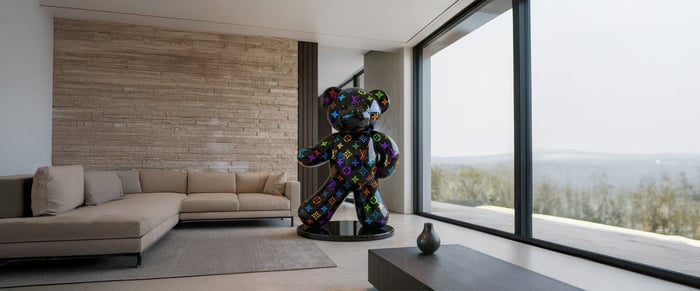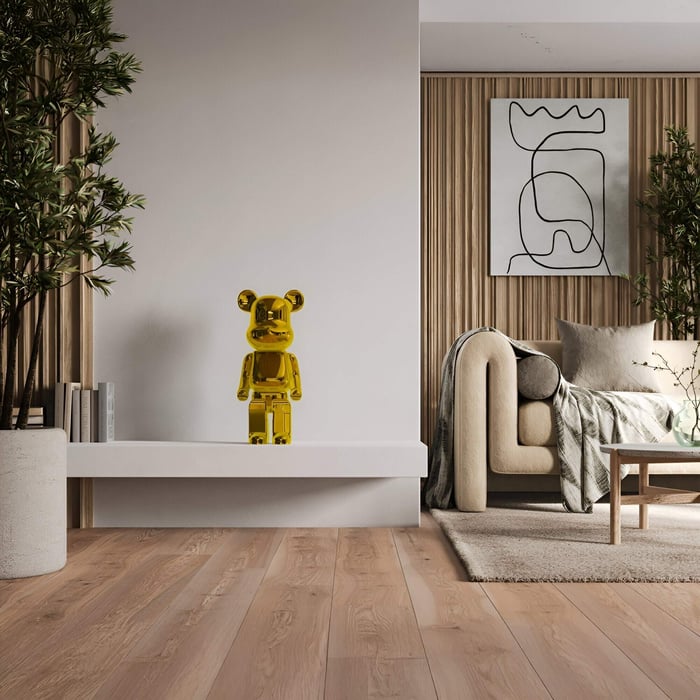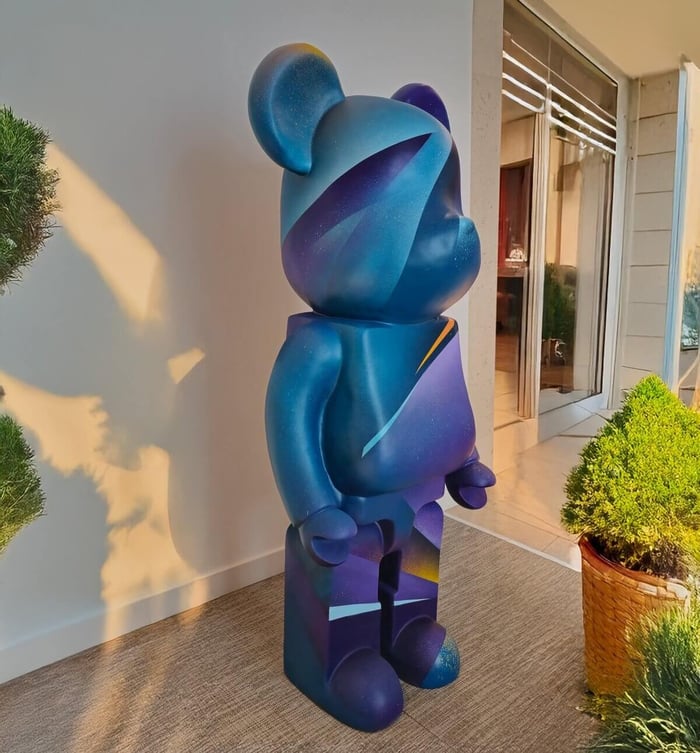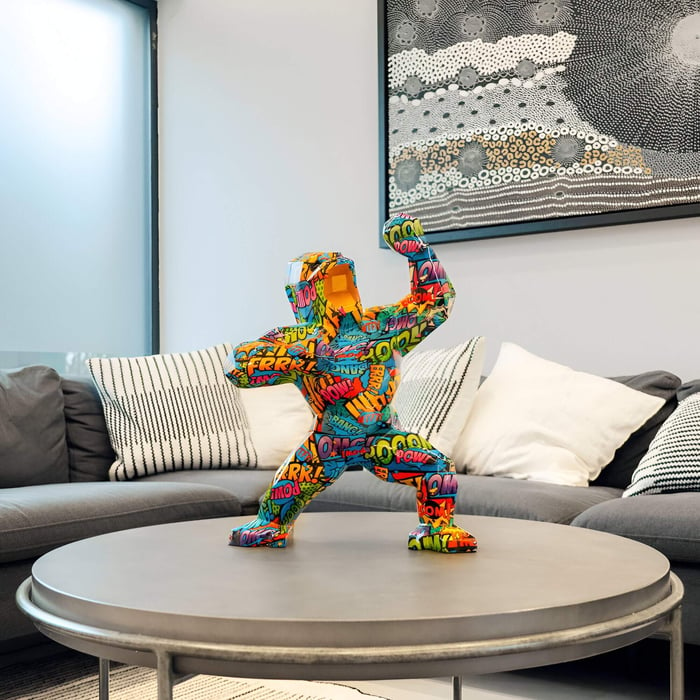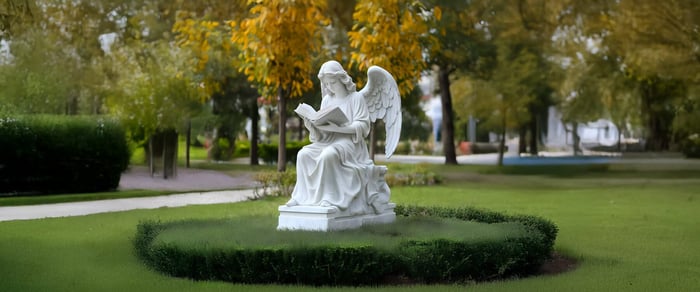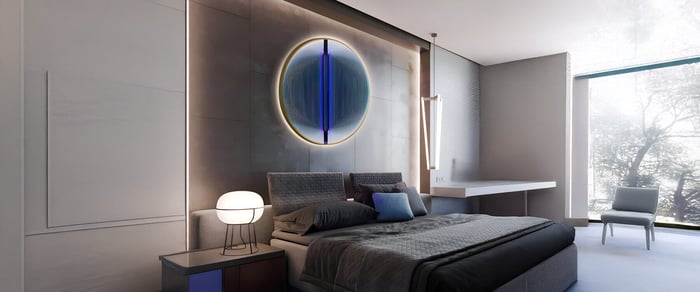Table of Contents
- Introduction - Resin Sculptures for Modern Homes
- FAQ 1: What Makes Resin Sculptures Different from Bronze or Stone?
- FAQ 2: Which Resin Types Are Best for Sculptures?
- FAQ 3: What Resin Sculpture Styles Can I Choose?
- FAQ 4: How Big Should My Resin Sculpture Be?
- FAQ 5: Where Should I Place Resin Sculptures?
- FAQ 6: What Are the Best Lighting Techniques for Resin Sculptures?
- FAQ 7: How Do I Care for and Clean Resin Sculptures?
- FAQ 8: Are Resin Sculptures Sustainable? What Are the Current Trends?
- FAQ 9: What Should I Know Before Buying Resin Sculptures?
- Conclusion - From Abstract to Realistic, Resin Sculptures Belong in Every Collection
Introduction - Resin Sculptures for Modern Homes
Resin sculptures have become a defining feature of modern sculpture décor, bridging the gap between affordability, versatility, and artistic ambition. Lightweight yet durable, they offer an impressive variety of finishes, from glossy marble-look resin to matte contemporary tones. They cater to a wide spectrum of budgets, making them accessible to first-time buyers and seasoned collectors alike.
In this FAQ, we’ll answer the most common questions about resin sculptures, covering everything from abstract sculptures to realistic resin figures, the different resin types, placement, lighting, care, and buying advice. We’ll also explore how current design trends favour tactile, sculptural pieces that invite both visual and physical interaction, giving interiors a more dynamic, personalised feel.
FAQ 1: What Makes Resin Sculptures Different from Bronze or Stone?
Resin offers a distinct set of advantages compared to traditional bronze or stone sculpture. It is lighter, easier to move, and more adaptable to different finishes, ranging from high-gloss epoxy resin sculpture to textured, stone-like polyurethane casting. Resin also tends to be more budget-friendly, making it an appealing choice for home décor without sacrificing visual impact.
Key Differences:
| Material | Pros | Cons |
|---|---|---|
| Resin | Lightweight, versatile finishes, lower cost, easy indoor display | May require UV protection, less patina over time |
| Bronze | Exceptional durability, develops rich patina, outdoor-friendly | Heavier, higher cost |
| Stone | Timeless appearance, unique natural variations | Very heavy, difficult to reposition, higher expense |
Quick guidance:
Resin sculptures for home – Ideal for apartment shelves, gallery-style home displays, and medium-scale statement works.
Bronze – Best for heirloom investments or outdoor installations.
Stone – Perfect for timeless, permanent focal points in gardens or large interiors.
FAQ 2: Which Resin Types Are Best for Sculptures?
Resin sculptures can be made from several resin families, each with its own characteristics:
Epoxy Resin – High clarity and gloss, making it excellent for realistic resin figures or transparent effects. UV stability can be improved with a topcoat.
Polyurethane Resin – Favoured for polyurethane casting because of its strength and fine detail capture. Often used for both abstract sculptures and bas-relief wall art.
Polyester Resin – Cost-effective and quick to cure, but less UV resistant, best for indoor sculptures.
Acrylic Resin – Known for colour vibrancy and translucence, great for contemporary, playful pieces.
When buying or commissioning, check product specs for:
UV resistance for pieces near windows.
Surface hardness for high-touch areas.
Weight and stability if displayed on tall plinths.
FAQ 3: What Resin Sculpture Styles Can I Choose?
The range spans from purely abstract to hyper-realistic:
Abstract Sculptures – Focus on gesture, movement, and negative space. These pair well with minimalist interiors, where the form itself is the main visual statement.
Realistic Resin Figures – Human or animal sculptures with fine detail, suitable for narrative-driven spaces like living rooms or studies.
Kinetic Sculptures – Incorporating movement or visual illusion, perfect for offices or creative studios.
Bas-Relief Wall Art & 3D Wall Sculpture – Adds depth to walls without taking up floor space, making it great for hallways or compact rooms.
Room Matching Cheat-Sheet:
Living Room – Hero piece on a pedestal.
Hallway – Rhythmic wall panels or repeated small forms.
Bedroom – Calming organic shapes in muted tones.
Office – Kinetic or dynamic forms to spark energy.
FAQ 4: How Big Should My Resin Sculpture Be?
Scale is critical to creating the right impact. Treat the sculpture and its base as a single visual unit. For placement on consoles or sideboards, aim for a width around two-thirds that of the furniture beneath.
Small pieces – Work best in clusters or paired with books and plants for layered styling.
Large sculptures – Make a stronger statement when given breathing room; avoid cramping them between furniture.
Tip: Position sculptures where they are visible from the main approach to the room for maximum presence.
FAQ 5: Where Should I Place Resin Sculptures?
Placement depends on the room’s function and traffic flow:
Living Room – Place a pedestal piece near seating or flanking a fireplace; avoid high-traffic pinch points.
Entry & Hallway – Tall, slender sculptures or repeating bas-relief wall art can guide movement while adding elegance.
Dining Room – One statement piece on a buffet or credenza; avoid direct glare from pendant lights.
Bedroom – Soft-edged, organic sculptures for tranquillity; place on low plinths or side tables.
Home Office – Abstract or kinetic sculptures to inspire creativity without overcrowding the desk.
Avoid: Busy backgrounds that distract from the piece, unstable furniture, or corners with no lighting.
FAQ 6: What Are the Best Lighting Techniques for Resin Sculptures?
Lighting can dramatically change the look and feel of resin sculptures.
Use accent lighting at around 30° to reveal contours and minimise glare.
Dimmers let you adjust mood throughout the day.
Narrow beam spots are great for metallic or textured finishes.
Wall washers evenly illuminate tall resin wall panels.
Avoid prolonged direct sunlight, especially for polyester resin art, as UV exposure can cause yellowing. Use UV-filter films on nearby windows for protection.
FAQ 7: How Do I Care for and Clean Resin Sculptures?
Resin sculptures are low-maintenance, but care ensures longevity:
Dust weekly with a soft cloth or natural-bristle brush.
Avoid abrasive pads or solvent cleaners, which can scratch or cloud surfaces.
Keep away from heat sources and maintain stable humidity for mixed-media pieces.
For storage, wrap in acid-free tissue and store in a dry, climate-controlled environment.
Consult a conservator if cracks, warping, or significant surface damage occur.
FAQ 8: Are Resin Sculptures Sustainable? What Are the Current Trends?
While traditional resin production isn’t fully sustainable, many artists are innovating by:
Pairing resin with reclaimed wood or metal.
Creating limited editions to reduce waste.
Using repairable resin blends to extend lifespan.
2025 Trend Snapshot:
Tactile surfaces that invite touch.
Playful surrealism in epoxy resin sculpture design.
Material storytelling, highlighting the origins of reclaimed or upcycled elements.
FAQ 9: What Should I Know Before Buying Resin Sculptures?
Before purchasing:
Identify if the piece is an original, limited edition, or open edition, ask for certificates and edition numbers.
Inspect for finish quality, look for pinholes, seam lines, and ensure UV topcoat is applied if needed.
Confirm safe packaging and delivery arrangements for larger sculptures.
Budget according to size, complexity, and finish, limited editions and marble-look resin or bronze-resin comparison pieces may command higher prices.
Conclusion - From Abstract to Realistic, Resin Sculptures Belong in Every Collection
From abstract sculptures that focus on pure form to realistic resin animal sculptures and figurative works, resin offers endless creative possibilities. By choosing the right resin type, matching the finish to your environment, scaling appropriately, lighting thoughtfully, and maintaining with care, you can enjoy your sculpture for years.
Start with one piece that resonates with your personal story, then curate a collection that evolves over time, mixing wall-mounted works, freestanding sculptures, and kinetic elements to create a home that feels truly individual.
Explore the resin sculptures collection at Giant Sculptures to find pieces that reflect your style and bring tactile, visual interest into your space.










































































